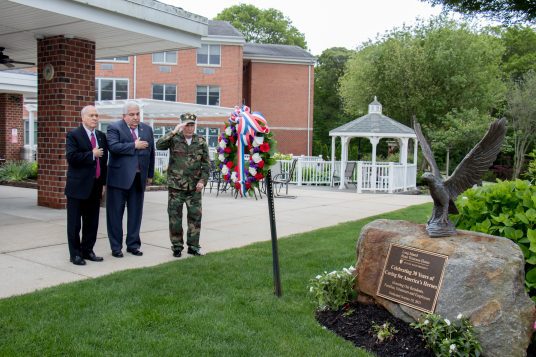By William Stieglitz
The New York State Department of Transportation, in cooperation with local officials, is considering multiple design proposals for an overpass bridge at the intersection of Nicolls Road and Route 347, including a new “preferred alternative” design that is distinct from the two designs previously made available to the public.
These previous proposals, explained Brookhaven Councilmember Jonathan Kornreich (D-Stony Brook), included a diamond design and a clover design. The diamond design, similar to the intersection of Nicolls Road and Middle Country Road, would have an overpass providing straight passage for one road, but would require a traffic light for the perpendicular road underneath. “It would only solve half the traffic problem, not all of it,” said Kornreich.

The clover design, similar to the intersection of the Long Island Expressway and Nicolls Road, would feature looped ramps and no traffic lights. However, this would require more space, placing the ramps directly behind some homes.
“It would affect a small number of people in a negative way,” said Kornreich. “However, for the vast majority of people, the thousands and thousands of people who use that intersection every day, by having the full clover leaf, now there are no lights at that intersection.”
The “preferred alternative” design, explained NYS Assemblymember Rebecca Kassay (D–Port Jefferson), was initially shown to her in May when she met with the DOT. The new design, she was told, “resulted from internal DOT conversations about design feasibility and traffic needs.”
Since that meeting, she has emailed the DOT with a list of questions regarding details of the design and plans to engage the public with updated information. She asked if there is statistical data to support one design over the other two as well as accessibility differences for ambulances and commuters.
She advocated for sound walls to prevent residents and businesses from being impacted by additional traffic noise, as well as landscape installations that could help drainage, water quality and beautification. Furthermore, she requested visual references of designs of other NYS DOT bridges for community consideration.
“My office has been coordinating closely with residents who have worked for many years to keep this intersection clean and welcoming for our community,” said Kassay. “I am grateful for the passion they have for our community and their willingness to go above and beyond to care for Nicolls Road and Route 347.”
Three Village Civic Association President Charles Tramontana said that while the DOT has been in contact with Kassay and Kornreich, the DOT had not been meeting with them regarding this phase of the project, and that they are awaiting updates. “We definitely have questions,” he said, referencing how he’d want to know how the chosen proposal would affect the clearing of woods and its aesthetic ramifications.
Tramontana said the lack of communication presented a problem, citing as an example the DOT recently removing trees from the north side of the intersection, without the association being told it would happen beforehand. Tramontana said, “In everything, we always strive to have good communication so that there’s no surprises, there’s no rumors, everybody knows exactly what’s going to take place. That’s what we’re looking to facilitate as a civic association.”












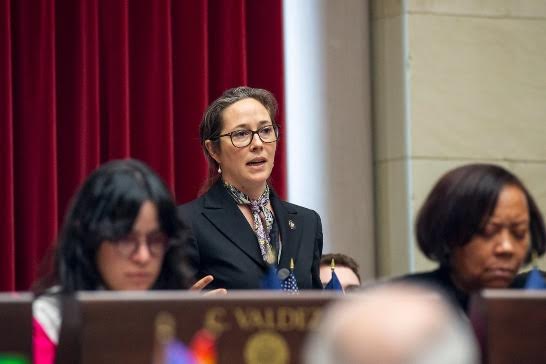


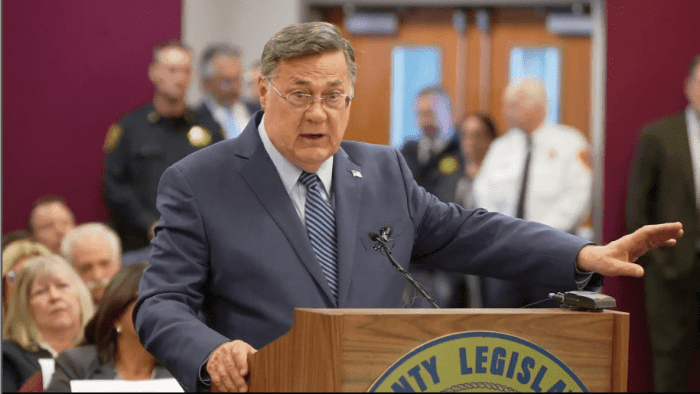
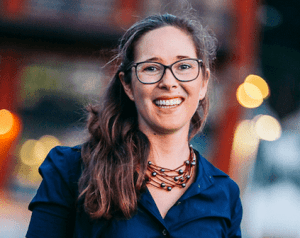


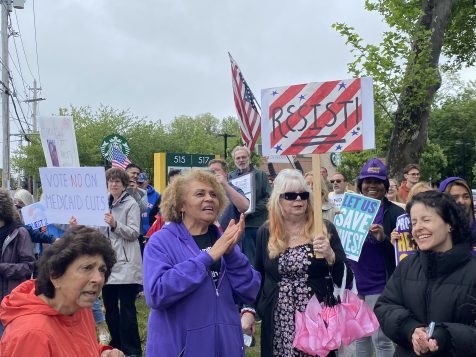
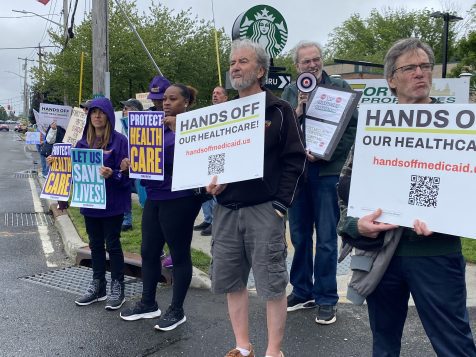

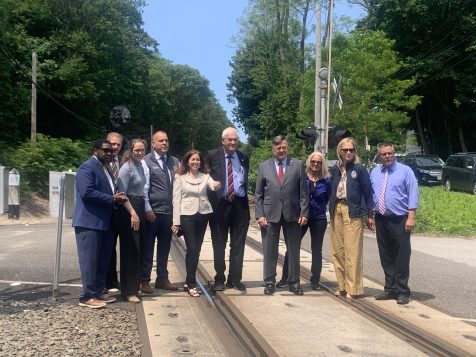




 Previously, only operators born after Jan. 1, 1978, needed the certificate. Now, all boaters, regardless of age and experience on the water, must obtain the safety certificate.
Previously, only operators born after Jan. 1, 1978, needed the certificate. Now, all boaters, regardless of age and experience on the water, must obtain the safety certificate.
